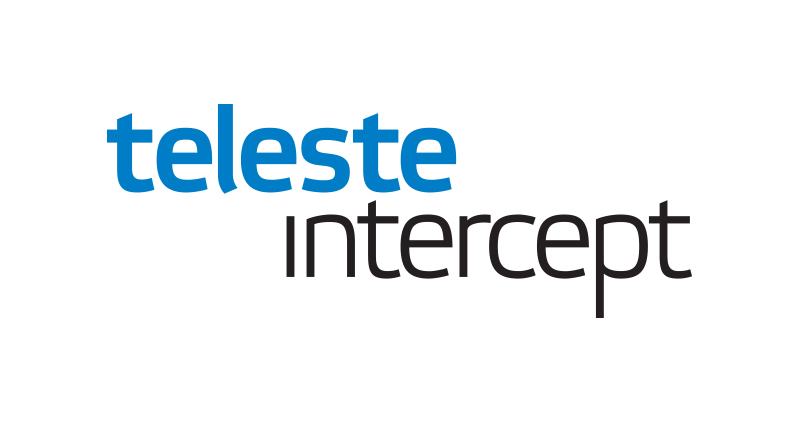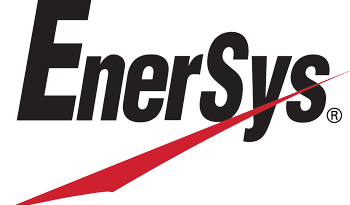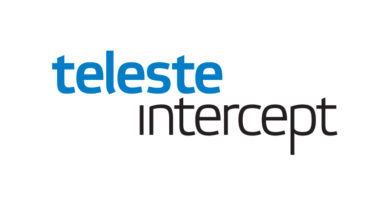Moving Towards 1.8 GHz Networks — What Does It Mean For Operators Today?
By Steve Condra
TELESTE INTERCEPT (Advertorial)
In March 2020, the world saw a boost in broadband usage like never before. As millions of people started to work remotely, go to virtual school, and keep connected with their social networks online, the average usage of both downstream and upstream increased by up to tens of percentage points in peak hours, or even more [1]. Although the broadband networks are reportedly performing well in the situation, it also raises questions about how long the current cable infrastructures will be able to meet the growing capacity demand. DOCSIS® 4.0 and extended spectrum networks allow operators to upgrade their infrastructure for multi-gigabit speeds, and now it seems more topical than ever to think about how to move towards 1.8 GHz operation in practice.
In 2019 Teleste took the initiative to help operators in their 1.8 GHz considerations and performed measurements in a real network environment [2] to find out what can be expected of 1.8 GHz capable network elements and how operators can obtain the most out of their networks with minimal changes. The study focused on two questions: What kinds of amplifiers are needed in 1.8 GHz networks, and what kind of performance are they expected to have? The study methods and findings are described briefly below [3].
Overcoming the new TCP limitations
Even though N+0 architectures are part of the cable industry’s future, some networks will continue to utilize amplifiers and amplifier cascades. These amplifiers should work up to 1.8 GHz, even though the attenuation of coaxial cables at 1.8 GHz is over 40% more compared to 1 GHz. Besides this challenge, taps and splitters, even when designed for 1.8 GHz networks, also will not have the same attenuation at 1.8 GHz as their predecessors had at 1 GHz. To cope with these challenges, higher amplifier output levels or alternative workarounds are needed.
Amplifiers have internal signal losses after hybrid components as additional components such as feedthrough current chokes, diplexers, and connectors are needed in them. In total, these components have up to 6 dB loss at 1.8 GHz. Since higher frequencies carry higher power and cause worse non-linearity, it can be estimated that a 1.8 GHz amplifier equipped with the state-of-the-art hybrid (76 dBmV total composite power) has at least 70 dBmV TCP in the output port.
Because RF load on higher frequencies limits TCP more than the same load on lower frequencies, the solution could be to reduce the RF load above 1.2 GHz. This can be achieved by utilizing two alternative methods.
In Method 1, the reduction of RF power is performed by a remote PHY device (RPD) node using back-off for OFDM signals. The RPD node is equipped with amplifier stages in combination with high pass filters. First, the RPD staggers OFDM blocks and after the amplifier stages and filters the output of the RPD node is sloped up to 1.2 GHz. While every OFDM block has the same slope, their signal level is reduced. Due to the tilt of coaxial cables, the cable modem sees a flat level until 1.2 GHz and the staggered OFDM blocks up to 1.8 GHz.
Method 2 uses a flat top above 1.2 GHz. This is achieved by filters before the last amplifier stage. Channels below 1.2 GHz are sloped in the output of the RPD node in the same way as in Method 1. Due to the tilt of coaxial cables, the cable modem sees a flat top until 1.2 GHz and every received OFDM channel has around 3 dB negative slope.
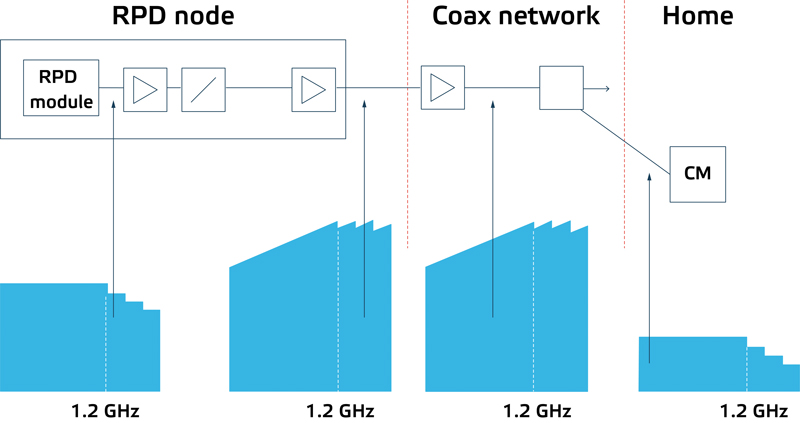
Figure 1. Method 1. Reduction of RF power performed by RPD node using back-off for OFDM signals.
1.8 GHz network throughput: Two example cases
Based on measurements demonstrating performance of 1.8 GHz amplifiers, the next two example cases demonstrate throughput of the 1.8 GHz network by using method 1. Both cases use 492/602 MHz split and similar upstream loading but different downstream modulations and cascade lengths. Networks in both cases employ frequencies of up to 108 MHz for legacy services and frequencies between 108 MHz and 492 MHz for four OFDMA blocks (each 96 MHz).
It should be further noted that in both cases even the RPD node includes amplifiers. Both cases also employ cabling and taps but they do not impact MER significantly as they are passive. Since passive elements have insertion loss, we ensured that cable modems continued to receive adequate signal levels that met DOCSIS requirements.
In the first case, frequencies between 602 MHz and 814 MHz carried 37 SC-QAM signals; 1024-QAM OFDM signals were carried between 814 MHz and 1402 MHz; and 512-QAM OFDM signals were carried between 1402 MHz and 1794 MHz. The setup consists of one RPD node and three cascaded 1.8 GHz amplifiers. With the given values, the example can be used to reach 9.7 Gbps downstream capacity.
In the second case, the network is stressed even further through higher order modulation methods and a longer amplifier cascade. Here the frequencies were allocated to carry 4096-QAM OFDM between 814 MHz and 1218 MHz; 2048-QAM OFDM between 1410 MHz and 1602 MHz; and 512-QAM above 1602 MHz.
The second setup consists of an RPD node followed by four cascaded amplifiers. With the given values the example leads to 10.6 Gbps downstream capacity being around 1 Gbps higher than in the first case, although the cascade of amplifiers is longer. The difference is explained by more effective use of frequencies and lower MER margins than in the first case.
How to maximize the value of 1.8 GHz investments
As the study concluded, even four amplifiers in a cascade can carry the magical 10 Gbps capacity. However, it is clear that to harvest the full potential of HFC networks, 1.8 GHz amplifiers should perform automatic adjustments. Alternatively, cable technicians should define rigorous methods to confirm that amplifier cascades are tuned to perfection even when outdoor conditions, such as temperature, change.
Carrying out 1.8 GHz plant upgrades is a major investment for operators, so it pays off to think of implementing additional capabilities into networks, which could help tackle the challenge. One solution is to introduce automatic alignment functions into the amplifiers through Intelligent Networks technology. This allows operators not only to enjoy easier management of amplifiers and nodes but also to confront some other big question marks of the industry, such as the consumption of power [4], which will become more important when moving towards future networks.
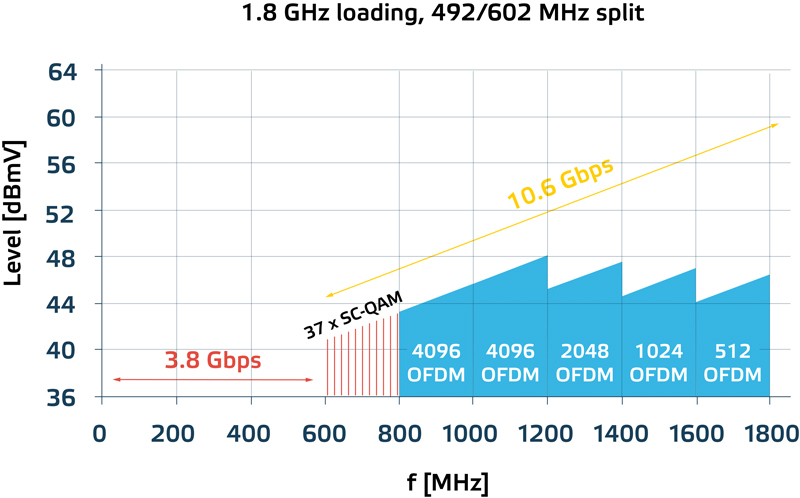
Figure 2. Method 2. Throughput, RPD node and four cascaded amplifiers.
References:
[1] Frankel, Daniel (2020). Can the Internet Go the Distance? MultiChannel News. https://www.multichannel.com/news/can-the-internet-go-the-distance. Accessed April 1, 2020.
Frankel, Daniel (2020). Residential Internet Usage Surges 98% Amid COVID-19-related Social Distancing. MultiChannel News. https://www.multichannel.com/news/residential-data-usage-soars-amid-covid-19-social-distancing. Accessed April 1, 2020.
York, Jeanie (2020). COVID 19 — Keeping you connected. Virgin Media. https://www.virginmedia.com/corporate/media-centre/blogs/covid-19-keeping-you-connected. Accessed April 1, 2020
[2] Condra, Mäki & Purmonen (2019). Extended Spectrum DOCSIS®: A Pragmatic Approach. Teleste Corporation. https://app-eu.clickdimensions.com/blob/telestecom-akcfl/documents/p3i_extendedspectrumdocsis%C2%AE,apragmaticapproach_0120.pdf. Accessed March 31, 2020.
[3] Condra, Steve (2019). Extended Spectrum DOCSIS®: A pragmatic approach. Teleste Corporation. https://www.telestehub.com/broadbandvideo/extended-spectrum-docsis-a-pragmatic-approach/. Accessed April 1. 2020.
[4] Kimari, Rami 2019. Towards greener cable with Adaptive Powering. Teleste Corporation. https://www.telestehub.com/broadbandvideo/towards-greener-cable-with-adaptive-powering/. Accessed April 1, 2020.
Teleste offers an integrated product and service portfolio that makes it possible to build and run a better networked society. In the U.S., we are represented by Teleste Intercept, a Teleste Antronix joint venture.
If you wish to discuss our solutions and their benefits, please contact sales@telesteintercept.com
You can also visit www.telesteintercept.com for more information.

Steve Condra,
Senior Engineering Director and Product Manager,
Teleste
Steve Condra has more than 30 years of experience in the telecommunications industry. He spent 16 years with AT&T, Bell Labs, and Lucent Technologies primarily in outside plant design, manufacturing, and installation. In addition, he has spent 18 years in the cable industry with Scientific Atlanta, Cisco, and now Teleste Intercept, where he is involved with HFC infrastructure including R&D and product management. Steve earned a Bachelor’s and Master’s degree in Mechanical Engineering from the University of Missouri.
Figure 2. Method 2. Throughput, RPD node and four cascaded amplifiers.

